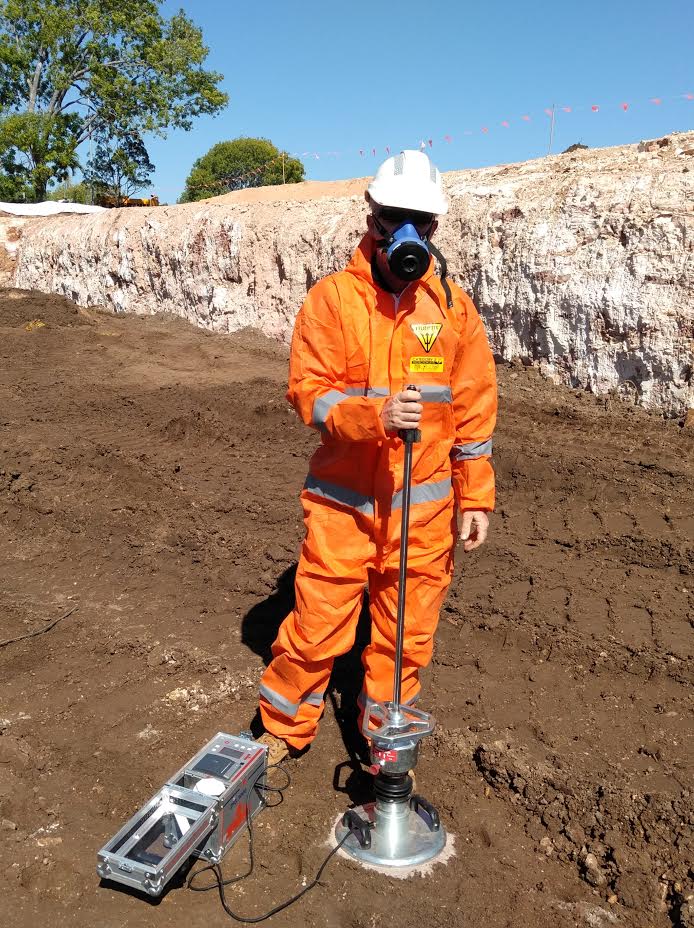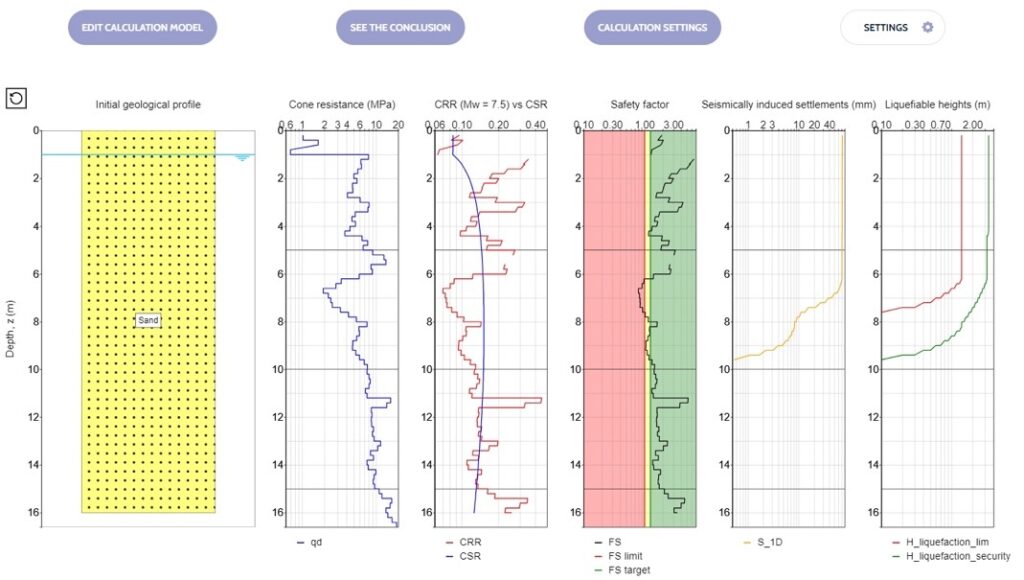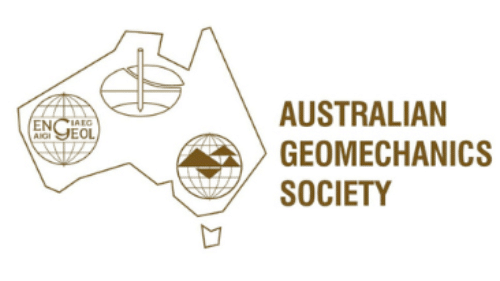How to Measure Compaction on Contaminated Construction Sites – Australian Case Study
Contaminated sites present opportunities but can also pose significant risks. Asbestos and Per- and polyfluoroalkyl substances (PFAS) are often encountered by our clients.
They can be found on open development sites with a history of industrial usage or on sites affected by overland water flow. As a solution to contamination, a project can also involve burial within a secure containment cell of contaminated soils, particularly solid, non-aqueous phase contaminants such as asbestos containing materials (ACM).
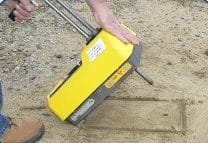
Our traditional methods of measuring the compaction of soils using the Nuclear Density Gauge is a problem because it requires disturbing the material surface and penetration into the soil, when hammering the spike into the ground.
A sample of the material must then be taken off site for compaction testing. On contaminated sites, this is often not acceptable where the movement off site of such materials is to be minimised.
A number of our clients have been turning to the Light Weight Deflectometer (LWD) to help with this specialist application. The device is non-destructive (does not disturb the underlying soils) and does not require off-site testing, it is therefore ideally suited to this specialist application.
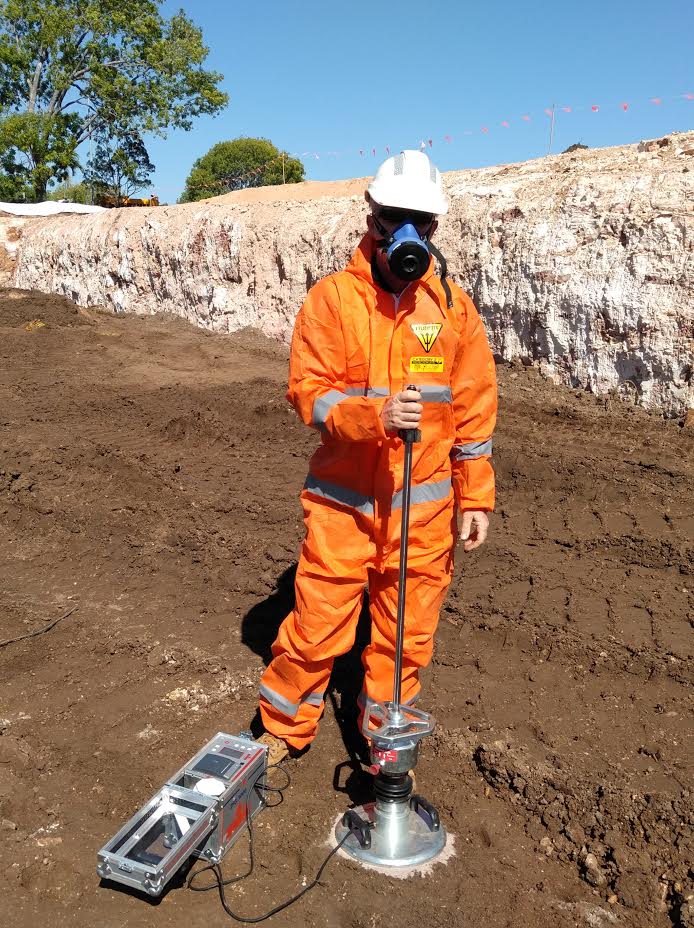
Here is an example, courtesy of WANT Geotechnics, of the LWD in use in a containment cell being filled with soil contaminated with ACM. The cell was 5m deep and filled in a series of layers with each layer tested at several locations with the LWD to confirm the compaction methodology met the specified degree of compaction for the aboveground end-use of the cell (car parking).
The Light Weight Deflectometer is used to determine the stiffness of unbound materials (subgrade/subsoils and base layers, granular layers & backfilling materials) or partially bound material (e.g. stabilised) during construction or pavement rehabilitation.
Modulus is the most accurate and independent means for judging deformation (stiffness) and, thus, a material’s level of compaction. By measuring the modulus value, the LWD provides the direct link between the design specification (design modulus value) and the actual site condition (in-situ modulus value).
The Light Weight Deflectometer (LWD) is repeatable, fast (test is done in 3 minutes) and gives you immediate GPS located results.
Consider it next time you have a contaminated site that you need to measure compaction on.
After scouring the market, we settled on the PANDA DCP test equipment as it offered the technical capability and, moreover, the flexibility required to work in the restricted environment our project presented; overhead clearance typically at 1500mm but as low as 1200mm. We had a unique problem that required a unique solution and that’s precisely what we found through the team at Insitutek and the PANDA equipment. The ease of assembly, intuitive operability and compact nature of the equipment, made light of the numerous soundings we required across a widely dispersed area.
We have found the PANDA to be an invaluable acquisition to our company, using it on projects ranging from Remote Community Housing in Central Australia to a NASA Rocket Launch Facility in Arnhem Land, NT.
We find the Insitutek team extremely helpful and their knowledge of the equipment and its capabilities is a great resource for our staff.
Insitutek Blogs
We find clients are often looking for ways to improve geotechnical testing outcomes and do it more efficiently at the same time. This drives their buying decision making. Australian Soil and Concrete Testing (ASCT) was a case in point when they were searching for Plate Load Test equipment for their upcoming Collector Wind Farm project. Some of the things that motivated them include: […]
We are excited to introduce the addition of a new Liquefaction Risk Estimation module in WebSprint©. Paired with our cutting-edge products, PANDA® and GRIZZLY®, this module enables you to assess the liquefaction risk of soils exposed to seismic stress. PANDA® Instrumented DCP: This cutting-edge tool provides dynamic penetrometer soundings, delivering precise data crucial for seismic risk evaluations. GRIZZLY® […]
The Australian Geomechanics Society is gearing up for a series of geotechnical events across VIC, WA, NSW, and SA-NT. We are thrilled to inform you that we will be sponsoring and attending these exciting geotechnical events, and we would love for you to join us. It’s a fantastic opportunity to catch up, explore our booth (VIC), and stay informed about […]

